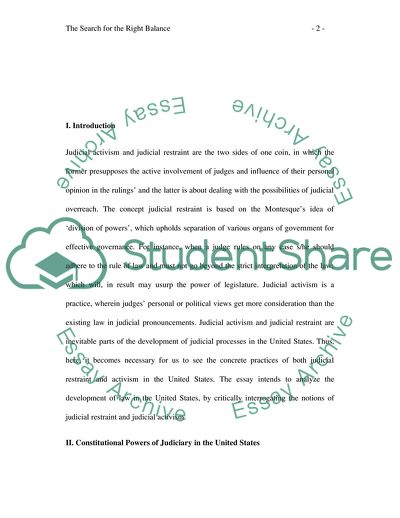Cite this document
(Judicial Activism and Judicial Restraint in the US Research Paper - 1, n.d.)
Judicial Activism and Judicial Restraint in the US Research Paper - 1. Retrieved from https://studentshare.org/law/1751073-jconstitutional-law
Judicial Activism and Judicial Restraint in the US Research Paper - 1. Retrieved from https://studentshare.org/law/1751073-jconstitutional-law
(Judicial Activism and Judicial Restraint in the US Research Paper - 1)
Judicial Activism and Judicial Restraint in the US Research Paper - 1. https://studentshare.org/law/1751073-jconstitutional-law.
Judicial Activism and Judicial Restraint in the US Research Paper - 1. https://studentshare.org/law/1751073-jconstitutional-law.
“Judicial Activism and Judicial Restraint in the US Research Paper - 1”. https://studentshare.org/law/1751073-jconstitutional-law.


